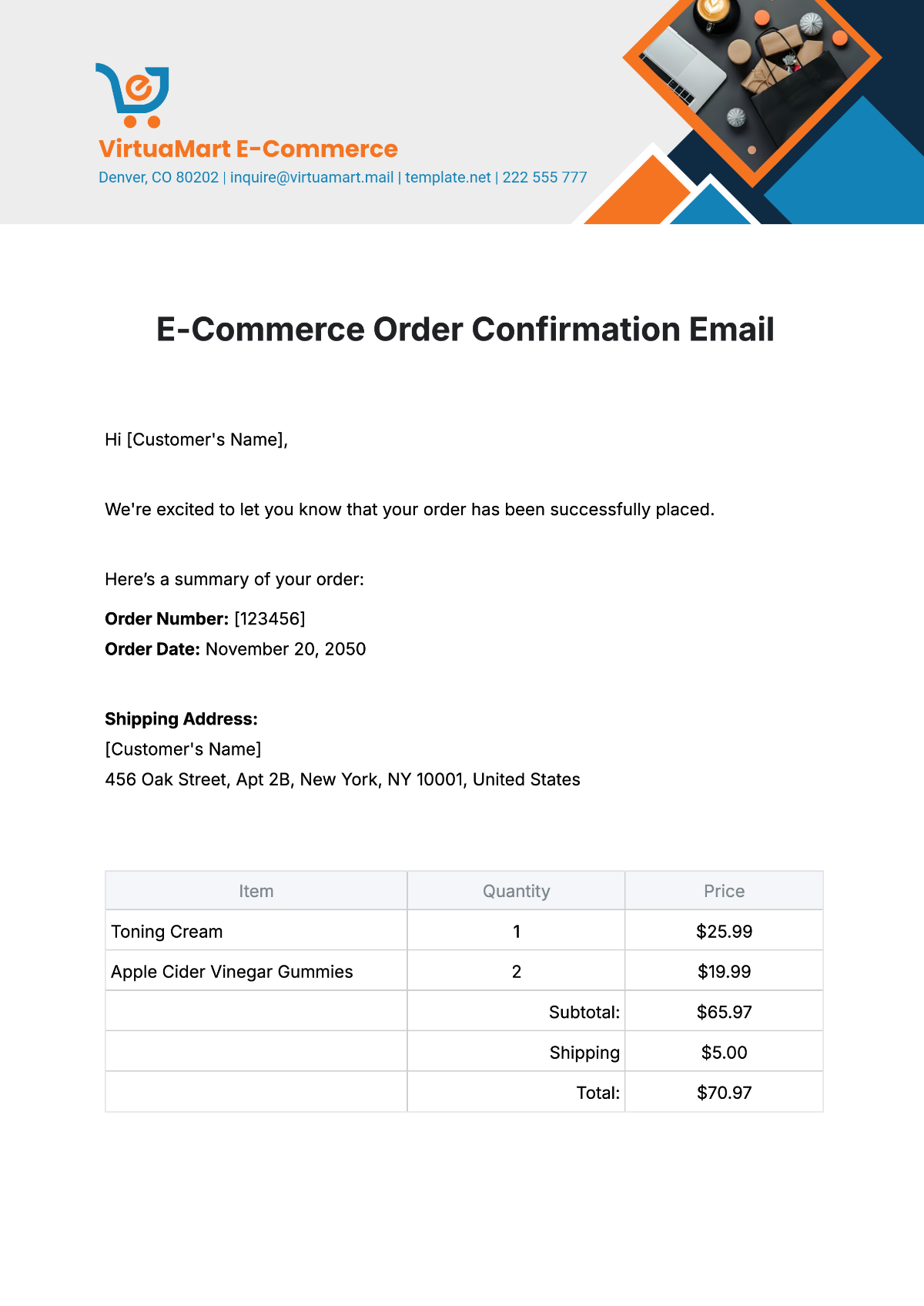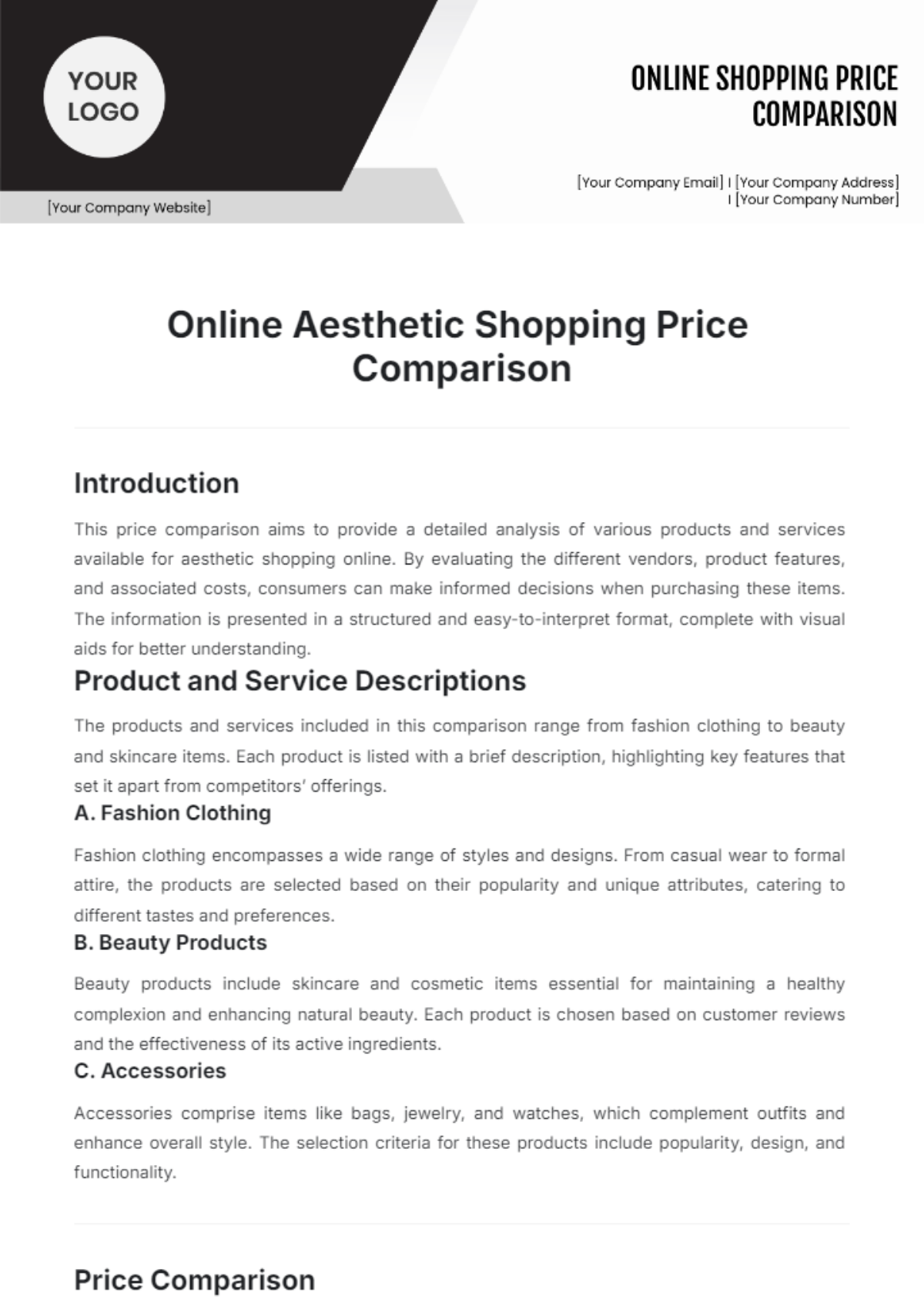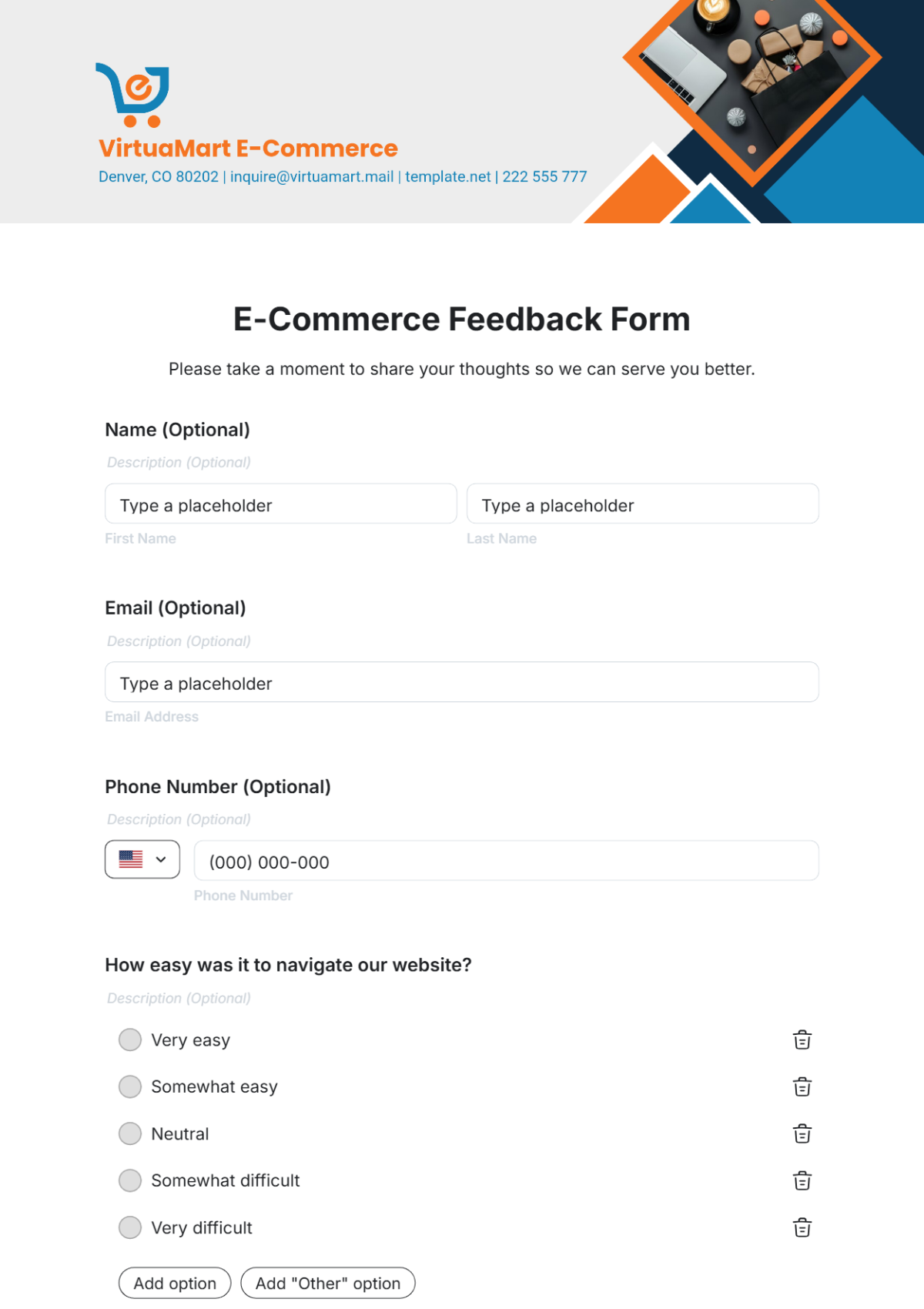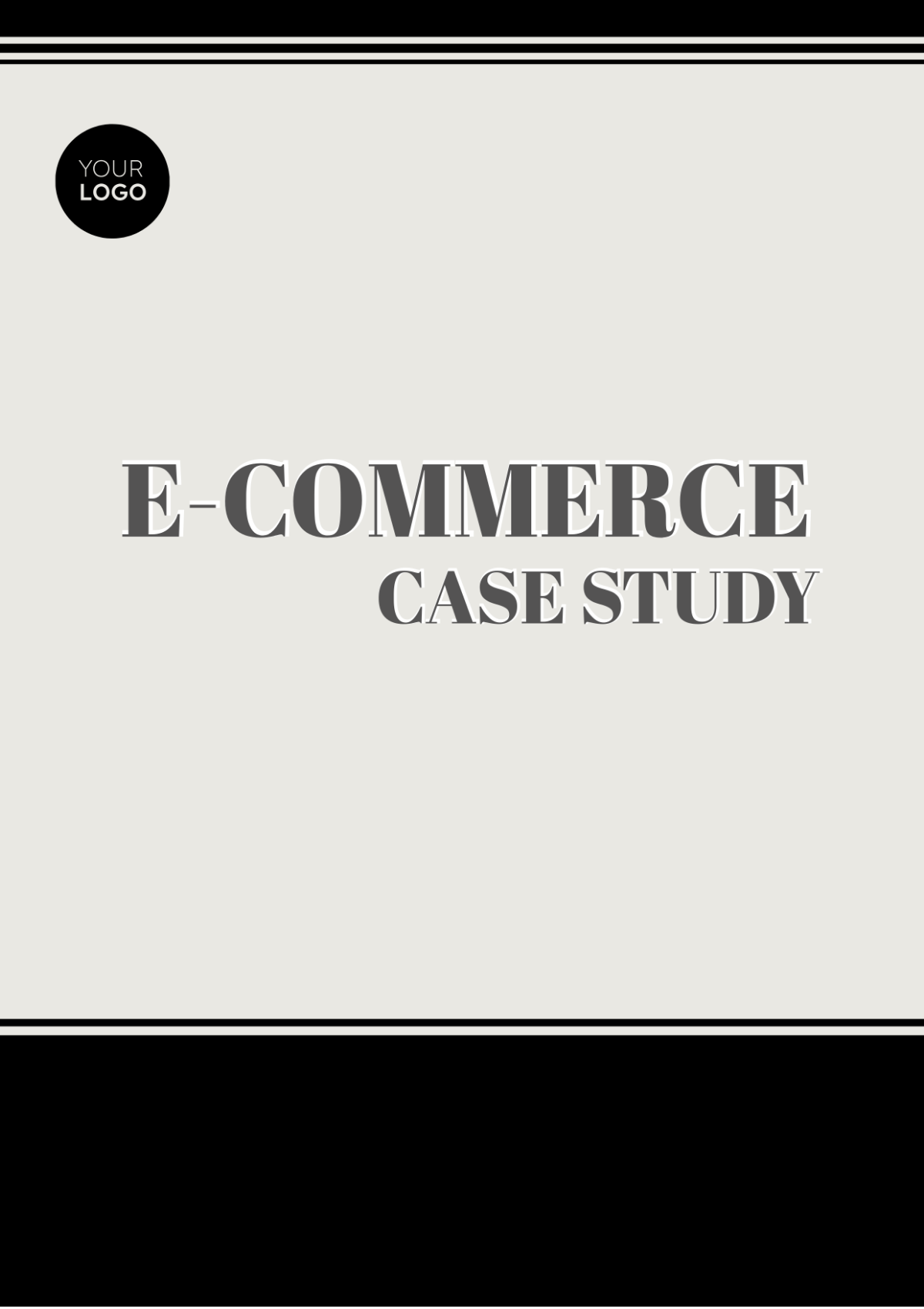E-Commerce Customer Retention Strategy
I. Executive Summary
Customer retention is fundamental to the long-term growth and profitability of [Your Company Name]. Retaining existing customers is often more cost-effective than acquiring new ones, as loyal customers generate recurring revenue and contribute to positive word-of-mouth marketing. This plan outlines actionable strategies to strengthen customer relationships, reduce churn, and build a foundation of trust and satisfaction.
II. Objectives
Well-defined objectives serve as the backbone of a successful customer retention strategy, guiding the company’s focus and actions. These goals reflect the company’s commitment to improving customer loyalty and overall satisfaction.
Increase Customer Lifetime Value (CLV): Build long-term relationships by offering exceptional value, encouraging repeat purchases, and maximizing the profitability of each customer.
Reduce Customer Churn Rate: Proactively identify and address reasons for customer attrition to maintain a stable customer base.
Enhance Customer Engagement: Use multiple touchpoints, including digital platforms and in-person interactions, to maintain strong relationships with customers.
Strengthen Brand Advocacy: Encourage satisfied customers to become ambassadors by providing them with incentives to refer others.
Foster Repeat Purchases: Implement loyalty programs and targeted campaigns to encourage customers to return regularly.
III. Customer Insights and Segmentation
Understanding the diverse needs of your customer base is crucial for crafting tailored strategies that resonate with different segments. By analyzing behavior and preferences, [Your Company Name] can deliver more personalized experiences.
Customer Segment | Characteristics | Retention Focus |
|---|---|---|
High-Value Customers | Frequent buyers with substantial spending patterns | Personalized services, exclusive benefits |
At-Risk Customers | Recently reduced activity or complaints | Proactive outreach, special offers |
New Customers | First-time buyers needing nurturing | Onboarding experiences, welcome discounts |
Price-Sensitive Shoppers | Driven by value and discounts | Frequent promotions, affordable bundles |
Loyal Advocates | Long-term, highly satisfied customers recommending others | Acknowledgment, VIP rewards, referral programs |
This segmentation ensures that each customer group receives targeted interventions, maximizing the effectiveness of retention initiatives. Personalized engagement deepens loyalty, while focused efforts on at-risk groups reduce churn.
IV. Engagement Strategies
Sustained customer engagement is critical for fostering loyalty and ensuring that [Your Company Name] remains a preferred choice. Engagement strategies should focus on relevance, value, and consistency.
Personalized Offers and Recommendations: Leverage customer data to deliver tailored product suggestions and exclusive deals that align with individual preferences.
Interactive Digital Campaigns: Run contests, polls, and live sessions on social media platforms to maintain active engagement with the audience.
Regular Customer Check-Ins: Reach out through newsletters, emails, or calls to make customers feel valued and informed about new offerings.
Seasonal Promotions and Discounts: Offer limited-time discounts during peak seasons to create excitement and incentivize purchases.
Event Hosting: Organize in-store or online events to create opportunities for direct interaction and strengthen customer relationships.
V. Key Accomplishments
Highlighting achievements in the previous year helps to reinforce confidence in the company’s ability to execute its retention strategies effectively. These accomplishments showcase progress and form a foundation for future initiatives.
A. Launch of Customer Loyalty Program
A loyalty program was introduced, attracting over [5,000] active participants. This program rewards frequent customers with points and exclusive benefits, fostering stronger brand loyalty and encouraging repeat purchases.
B. Customer Support Satisfaction Ratings
Customer support ratings increased to [92%], reflecting exceptional service quality and responsiveness. This accomplishment was achieved through dedicated training for support staff, the integration of advanced CRM tools, and a focus on providing timely and empathetic solutions to customer issues.
C. High-Impact Referral Program
The launch of a referral program generated [1,000] new leads within the year, contributing significantly to customer acquisition efforts. By offering existing customers incentives to refer friends and family, the company expanded its reach while strengthening the trust and satisfaction of its current clientele.
VI. Customer Support Enhancement
Superior customer support is a cornerstone of retention, ensuring that customers receive timely, empathetic, and effective solutions to their concerns.
24/7 Availability: Maintain continuous support availability through live chat, email, and phone, ensuring customers can reach out anytime.
Empowered Support Teams: Equip support staff with tools, training, and decision-making authority to handle issues effectively and independently.
Proactive Communication: Notify customers about potential delays, changes, or updates in advance to maintain trust.
Multichannel Approach: Provide seamless support experiences across online, mobile, and in-person touchpoints.
Issue Resolution Feedback: Follow up on resolved cases to ensure customer satisfaction and collect improvement suggestions.
VII. Budget
A well-structured budget is essential for the successful execution of a customer retention strategy. It ensures that resources are allocated efficiently, helping the company achieve its objectives without unnecessary overspending.
Expense Category | Annual Budget |
|---|---|
Loyalty Programs | $50,000 |
Customer Support Tools | $25,000 |
Marketing Campaigns | $30,000 |
Customer Feedback Mechanisms | $10,000 |
Staff Training | $15,000 |
Total Budget | $130,000 |
The [$130,000] total budget ensures a balanced approach to investment in both new initiatives and ongoing customer engagement efforts. This allocation prioritizes activities directly tied to retention metrics, such as loyalty programs and customer service improvements.
VIII. Timeline
Establishing a timeline is critical for the phased implementation of strategies, ensuring each initiative is executed efficiently without overwhelming resources. A well-planned schedule helps the company measure progress and adjust tactics as necessary.
Initiative | Start Date | Completion Date |
|---|---|---|
Launch of Customer Loyalty Program | [Month Day, Year] | [Month Day, Year] |
Retention Campaigns | [Month Day, Year] | [Month Day, Year] |
Referral Program | [Month Day, Year] | [Month Day, Year] |
Customer Support Training | [Month Day, Year] | [Month Day, Year] |
Customer Appreciation Events | [Month Day, Year] | [Month Day, Year] |
The timeline prioritizes initiatives with long-term impact, such as the loyalty program and retention campaigns. Concurrent activities like training and referral programs ensure continuous progress. The phased approach allows the team to evaluate outcomes and recalibrate strategies as needed.
IX. Next Steps
To sustain momentum and drive the success of the customer retention strategy, the company must outline clear, actionable steps for immediate and long-term goals.
Finalize Resource Allocation: Confirm budget approvals and allocate funds to each initiative. Engage financial and project management teams to monitor expenditures closely.
Assign Project Leads: Designate responsible teams and leaders for each initiative, ensuring accountability and clarity in execution. Establish a communication protocol to track progress.
Initiate Campaigns and Programs: Begin with the customer loyalty program and retention campaigns, as these have immediate impacts on satisfaction and engagement metrics.
Monitor and Evaluate Progress: Use KPIs such as churn rate, engagement metrics, and referral leads to measure success at quarterly intervals. Adjust strategies based on feedback and data.
Prepare for Expansion: Use insights gained from this year's initiatives to identify opportunities for scaling successful programs. Plan for potential expansions, such as adding new features to the loyalty program or increasing the scope of customer appreciation events.
By implementing this Customer Retention Strategy, [Your Company Name] demonstrates its commitment to building lasting relationships with its customers. Through strategic investments, data-driven decisions, and continuous innovation, the company is well-positioned to enhance customer satisfaction and ensure sustainable growth for years to come.
















































